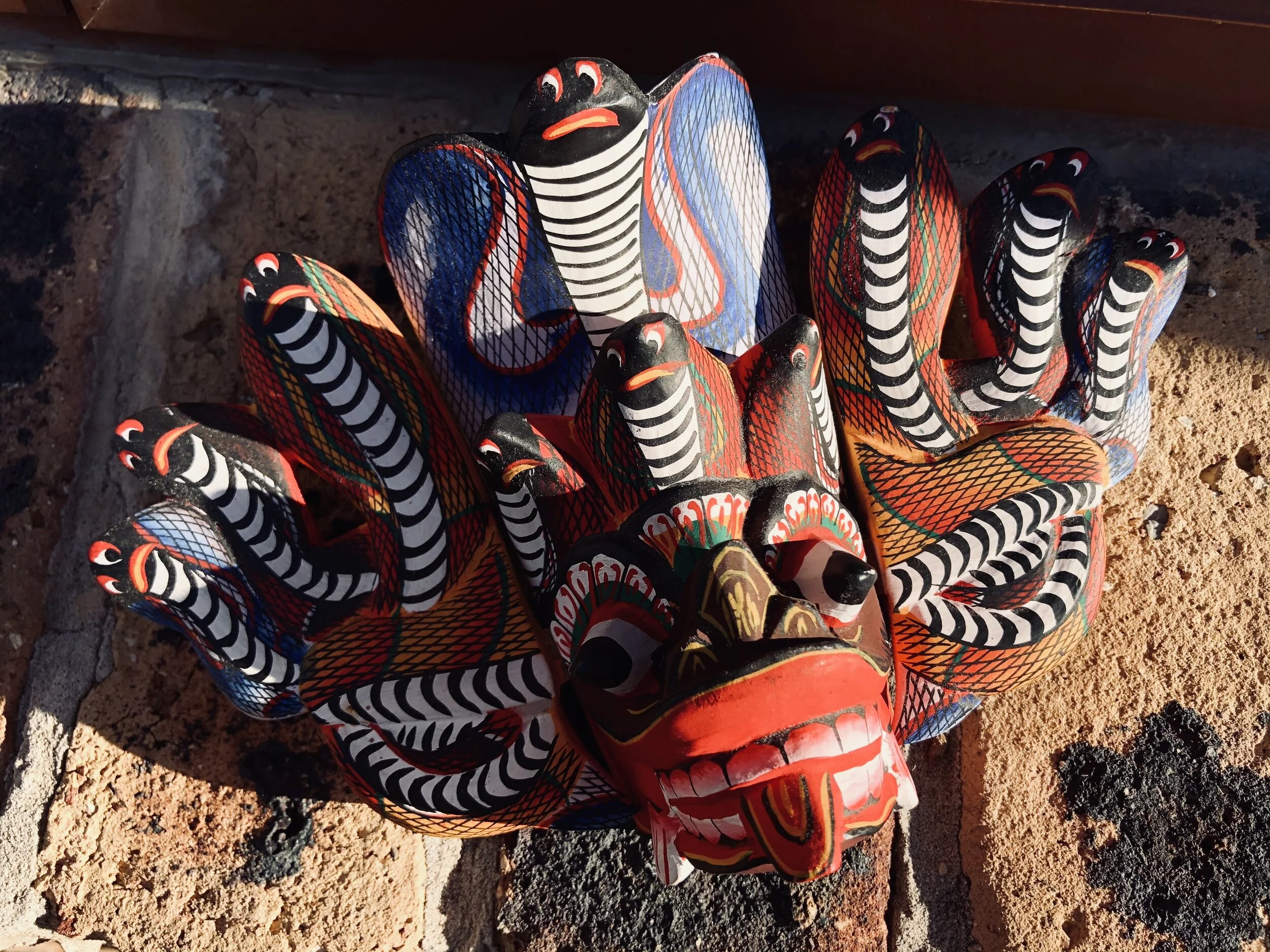A Touch of Kandyian Energy
Fondly known as the Land of Spices, Sri Lanka draws to mind an image of zesty frenetic energy.
It may be in the maddening buzz of a city market, the raucous crowd pulsing as they move between stalls, the merchants bellowing their enticing deals like auctioneers.
It may be at a boisterous train station, where locals hustle to secure their spot, cramming into the carriage.
Whatever the situation, seeking out excitement is effortless. In the Central Province, Kandy hums with a brilliant vivacity.
Surrounded by pleasant hills which are delicately painted with an ethereal mist, its chaotic energy is a surprising twist.
“A Dicey Dash for Dinner”
On the hunt for a tasty dinner, we make a dash through the madness of Kandy’s city centre. Approaching the road, we are hit with an intoxicating calamity of hypnotising lights and dizzying traffic. An assault of beeping warns against the oncoming whir of Tuk Tuks, eager to reach their destination.
But despite the bedlam, it appears to be an organised chaos. Like ants, the drivers manage to chart their course through the system of intertwining traffic.
The tumultuous mission is successful, as we launch ourselves from the bitumen, back to the safety of the sidewalk.
We seek refuge on the second-floor balcony of a restaurant and watch the flurry of life from above.
A heaping plate of zingy Kottu Roti keeps us alert. Its fiery flavour is a perfect match to the intensity of the honking and whizzing on the street below.
“A Powerful Performance”
After dinner, a traditional dance show presents another opportunity for Sri Lanka to brandish its fervid passion.
Striking regal headdresses adorn the crowns of the Kandyian dancers. Their arms and ankles are stacked with bangles that rattle and chime as they move.
Some routines feature captivating Sanni masks that seem to come to life as they twirl and stomp to the beat of powerful drumming.
In the 15th Century, Sri Lankans believed evil spirits were to blame for all ailments. The only way to rid yourself of an affliction was to have an edura (shaman healer) perform an exorcism, with the intricate handmade Sanni masks playing a key role.
During the ceremony, the sick patient would make an offering to the demon, and a masked dancer would perform an elaborate routine to appease the evil spirit and banish it from the body.
The Sanni masks were hand-carved by the edura and polished using native plant leaves. The masks were then painted using organic pigments derived from clay, leaves, fruits, pepper and charred cotton. Finally, the menacing faces were sealed with beeswax. For some masks, elephant hairs were used to mimic a beard, with monkey skin providing a velvety finish.
With eighteen masks representing the range of demons that could infiltrate the body, these rituals were used to treat any number of problems, from parasitic worms or jaundice to migraines or gout. In fact, a dance depicting the killing of a cobra by the Gurula Bird was even used as a method of psychiatric treatment!
Now, the masks are often displayed on the living room wall to protect a household from evil, and the traditional dances are performed during Sri Lankan festivals and ceremonies.
The ritualistic movements are animal-like. Spellbinding. The rousing performance encapsulates the spirit of Sri Lanka: an energy like wildfire.












